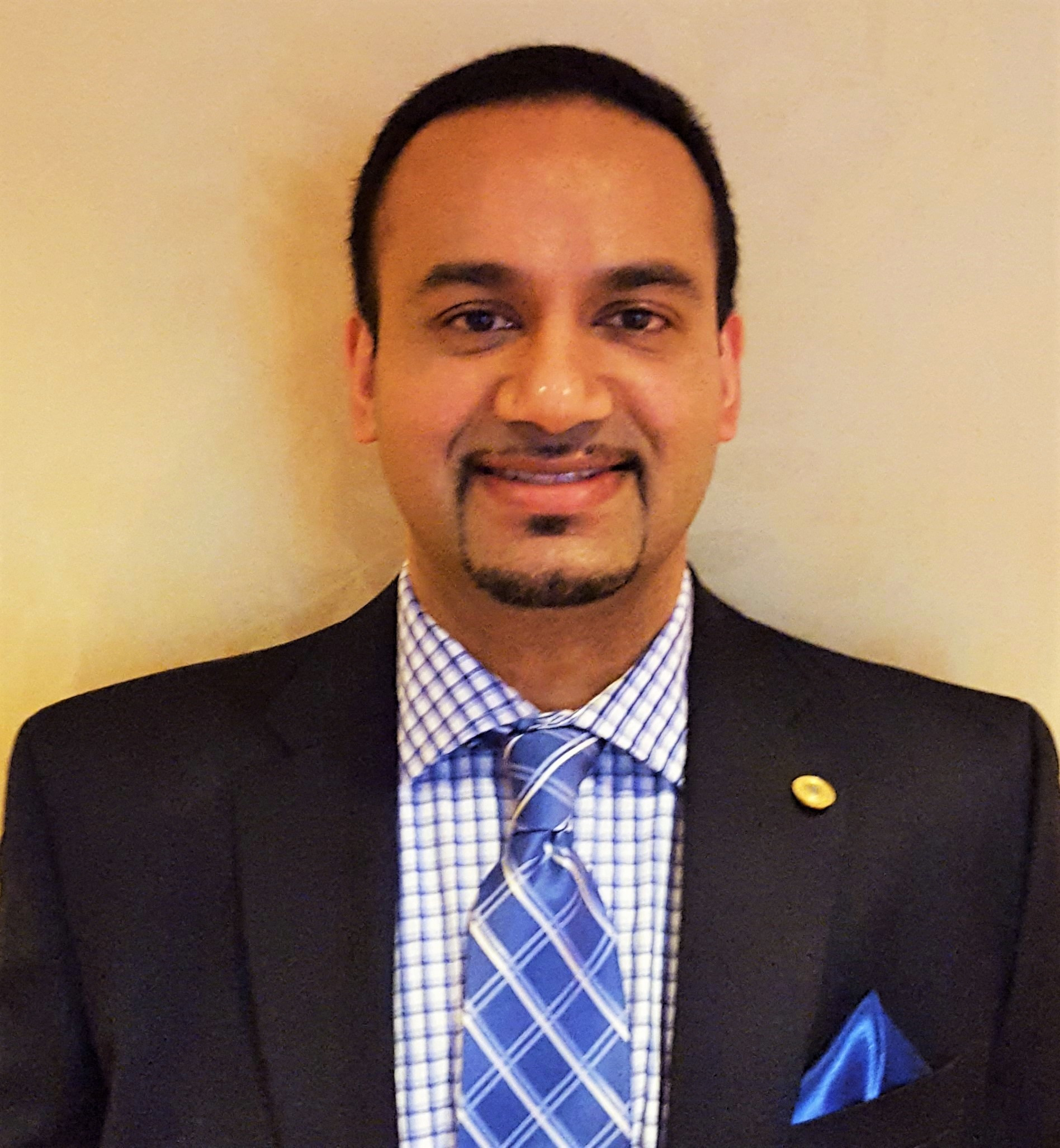Harvard Health Blog
White coat syndrome or white coat logo syndrome? The pitfalls of doctor shopping by “brand”

People often get hung up on brand names — many times in situations where branding is of little significance. For example, some people are willing to pay double the price for a wool coat that is exactly the same in terms of material, style, and outward appearance just because there is a small designer label on the lining that nobody sees. In some cases, the brand-name and no-name wool coats are manufactured in the exact same factory. The consumer had the wool pulled over their eyes in terms of the price markup for identical merchandise. This can also happen when it comes to health care.
Co-pay or co-played?
In terms of cost, co-pays can double or even triple when your doctor is not in network. Even when the physician is in network, if he or she practices at different facilities, the one that does the billing may not be in network. One of my patients told me she was paying a $15 co-pay to see me in one office and $60 co-pay to see me in my other office. Same doctor, same services, but different facility with a different insurance contract. To the surprise of many, these co-pays are determined by administrators, and doctors have little involvement or direct financial benefit from these deals. To calm her frustration, I said, “These co-pays are out of my hands, but I am happy to see you at the location that is most convenient and affordable for you. Please keep in mind that at both locations, puns, political satire, and sarcasm are complimentary services.”
I recall meeting one of my patients for the first time at my practice in Braintree, MA for a headache medicine consultation. After I introduced myself, she said, “It’s nice to meet you. My primary doctor referred me to see you, but I really wanted to be seen at the Graham Headache Center at Brigham & Women’s Hospital (BWH).” I replied, “Well I work there on Tuesdays and Thursdays. If you want, I can take off this white coat, and put on the one with the BWH logo if that will make you more confident in my ability to take care of you.” She smiled and said, “That will not be necessary, Doctor.” I said, “There are many excellent doctors at this practice. Since none of them are currently available, I guess you can get started with me.”
The name game
In addition to cost, there is a misconception that physicians who practice at big name hospitals or hospitals affiliated with medical schools are superior to those in community-based hospitals or private practice. Although physicians in teaching hospitals may be more likely to be involved in research and teaching, that does not necessarily translate to being a better doctor. In addition, being involved in research and teaching can at times limit a physician’s availability in terms of office hours and access outside of the office (refills, questions between visits, etc.). As such, the community/private physicians can at times provide comparable care with better availability and a more convenient location. Some of the most talented physicians I know are in private practice.
I recall another patient who upon entering my office said, “My husband is a neurologist at Massachusetts General Hospital, and he referred me to see you, which should tell you what he thinks of the reputation of you and the BWH Graham Headache Center.” Given her lofty expectations, I replied, “Well Ms. Smith (not her actual name), I look forward to disappointing you over the next 60 minutes.” Fortunately, I was able to exceed her expectations, and my reputation has somehow remained intact.
About the Author

Paul G. Mathew, MD, FAAN, FAHS, Contributor
Disclaimer:
As a service to our readers, Harvard Health Publishing provides access to our library of archived content. Please note the date of last review or update on all articles.
No content on this site, regardless of date, should ever be used as a substitute for direct medical advice from your doctor or other qualified clinician.












